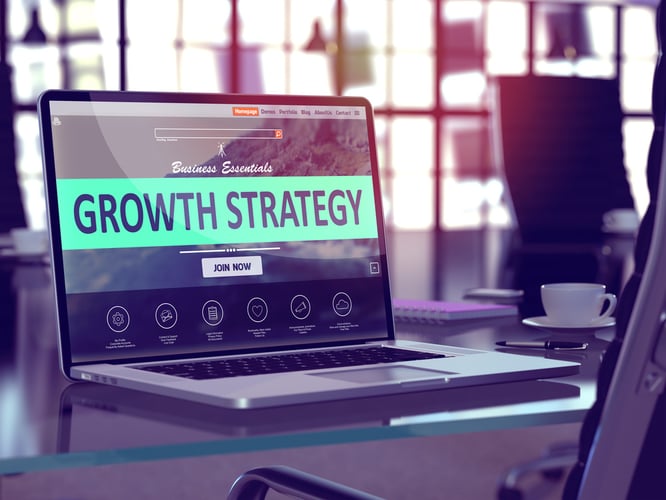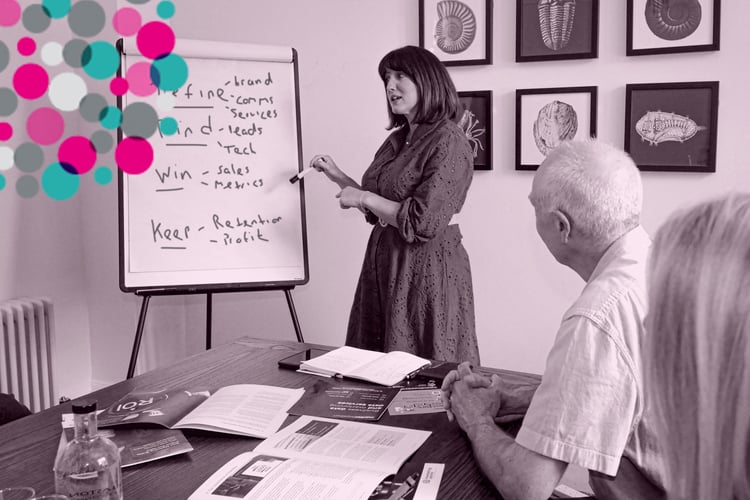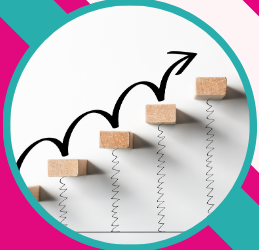Business Insights
As you would expect having a whole team of experienced Marketing Directors gives us access to a wealth of diverse knowledge. We like to share it with you so you can have a clearer understanding of why and how things work, why things don’t always work out as planned, and most importantly what can be done about it.







